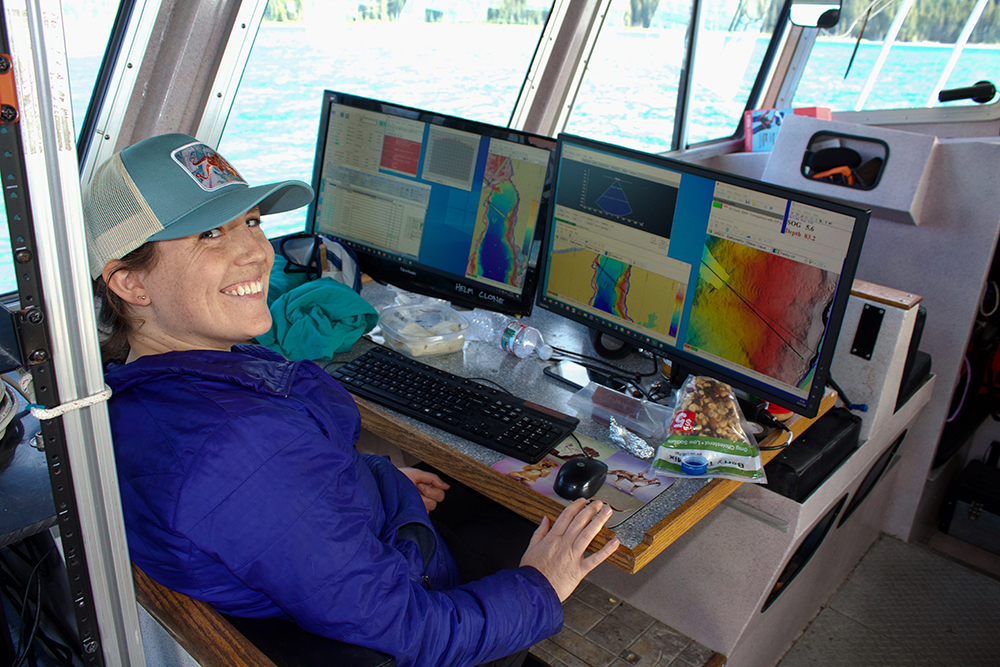Update (2/19/21) – Notes and slides from the January 28, 2021, webinar on the NOAA Coast Survey Matching Fund Opportunity are now available.
NOAA’s Office of Coast Survey recently announced a new pilot program for a Hydrographic Surveying Matching Fund opportunity through a Federal Register Notice. The purpose of this notice is to encourage non-federal entities to partner with NOAA on jointly-funded hydrographic surveying, mapping, and related activities of mutual interest. The pilot program relates directly to Coast Survey’s Ocean Mapping Plan and a goal to expand U.S. EEZ mapping by also expanding use of Coast Survey’s hydrographic services contract vehicle.
The concept behind the pilot is that NOAA and partner(s) will match funds using a memorandum of agreement for NOAA to receive the funds. Coast Survey will rely on its existing contract arrangements to conduct the actual surveying and mapping activities. We expect this unique fund matching opportunity to expand our collaborative partnerships and mapping efforts while also serving to increase funds available for NOAA hydrographic contracts. Further details may be obtained in the federal register notice, but we encourage any additional questions to be sent to iwgocm.staff@noaa.gov for follow-up.

Integrated Ocean and Coastal Mapping (IOCM) is the practice of planning, acquiring, integrating, and sharing ocean and coastal data and related products so that people who need the data can find it and use it easily: Map Once, Use Many Times. Coast Survey is committed to IOCM principles, coordinating and collaborating with NOAA and external partners on mapping wherever it can.
